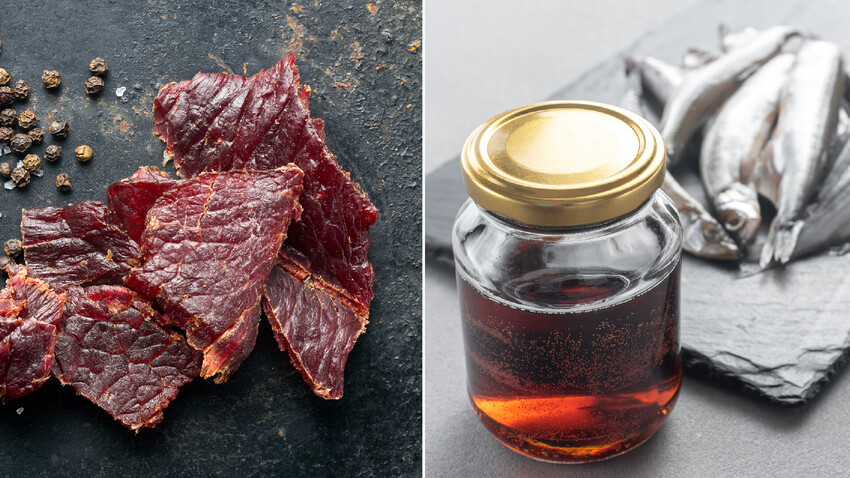
These weird dishes can shock, and some might even seem dangerous!
Legion Media
Fish has long been a common ‘guest’ on the Russian dinner table. In the olden days, since there were no state restrictions imposed on fishing, unlike with hunting, even peasants were able to enjoy salmon, sturgeon, trout or other “noble” fish for lunch, depending on the type of fish that populated the nearby bodies of water.
To prepare Pechora-style salted fish, it was important to catch the fish during the spring spawning season. The fish were gutted and washed; the gills were removed. Coarse salt was put inside, and then the fish were stacked in oak barrels with their backs down, separated also with salt, layered with nettle or pine cones. The barrel was then sealed and put in a warm place. After a couple of days the fish ‘released’ its ‘juices’. Then a weight was put on top and it was stored in a cool cellar. By the end of summer “aromatic” fermented fish were ready to be served.
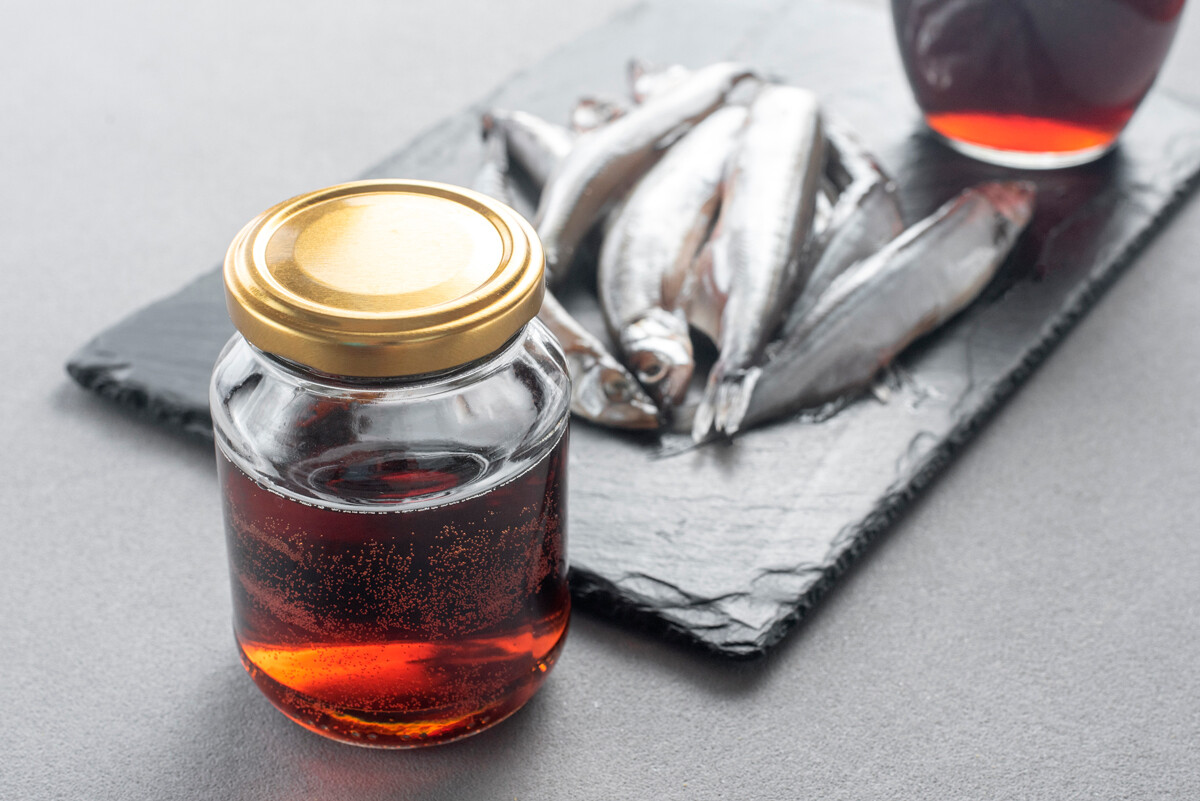
In the north of the country, in the Arkhangelsk Region, another fish fermentation recipe was popular, but in this case the resulting product was a sauce. Villagers dug a big pit, put leaves on its bottom and sides.Then fresh-caught river fish were put in, and it was all covered with leaves and earth. Several months later the pit was dug open – by that time the fish were “swimming” in liquid. This liquid was removed from the pit with a bucket.
Today, this recipe seems barbarous, but centuries ago it was widespread in many countries. One of the most famous examples was “garum” sauce from Ancient Greek and Roman cuisine. This is a sauce made from fermenting fish in the sun over two to three months. Another example is its famous modern equivalent – Worcestershire sauce.

Bread from marshland reeds was prepared in spring. The rootstocks were used because they contain a lot of sugar and starch. The reeds were thinly sliced and dried, ground into flour, and then bread was baked from it.
During World War II such baking saved soldiers from starvation.
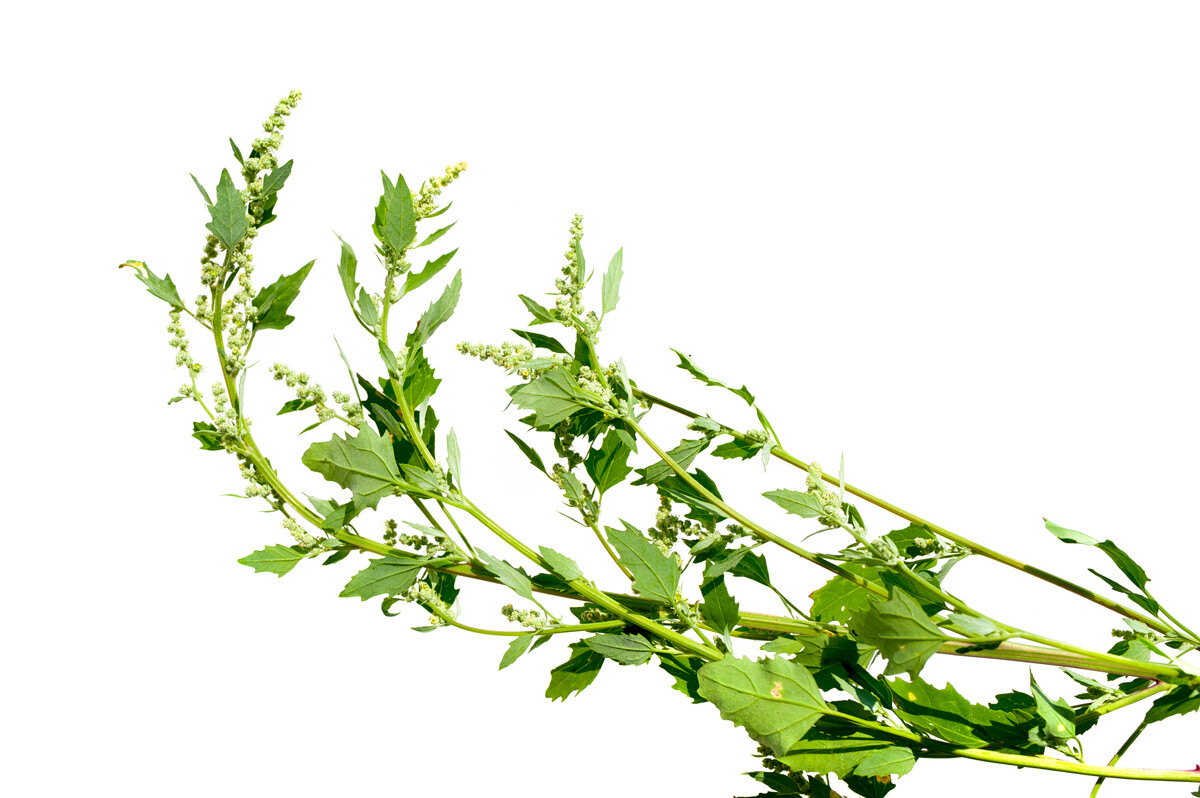
Orach is a type of weed that’s widespread in Russia. So during bad harvests when food was in short supply, people used it as a sort of emergency food source. And there was a good reason for this – when gathered in spring orach has a lot of vitamins and useful minerals. This plant is related to quinoa and sometimes is called “wild spinach”. It comes in different sorts; some are bitter and even poisonous.
Cutlets, soups and porridge were made from orach. The porridge was called “lebedyan” (from the Russian name of the plant – lebeda), and it was prepared like any regular porridge, boiled with milk. In fact, it tastes like buckwheat porridge.
READ MORE: 5 wild herbs Russians use for cooking (PHOTOS)
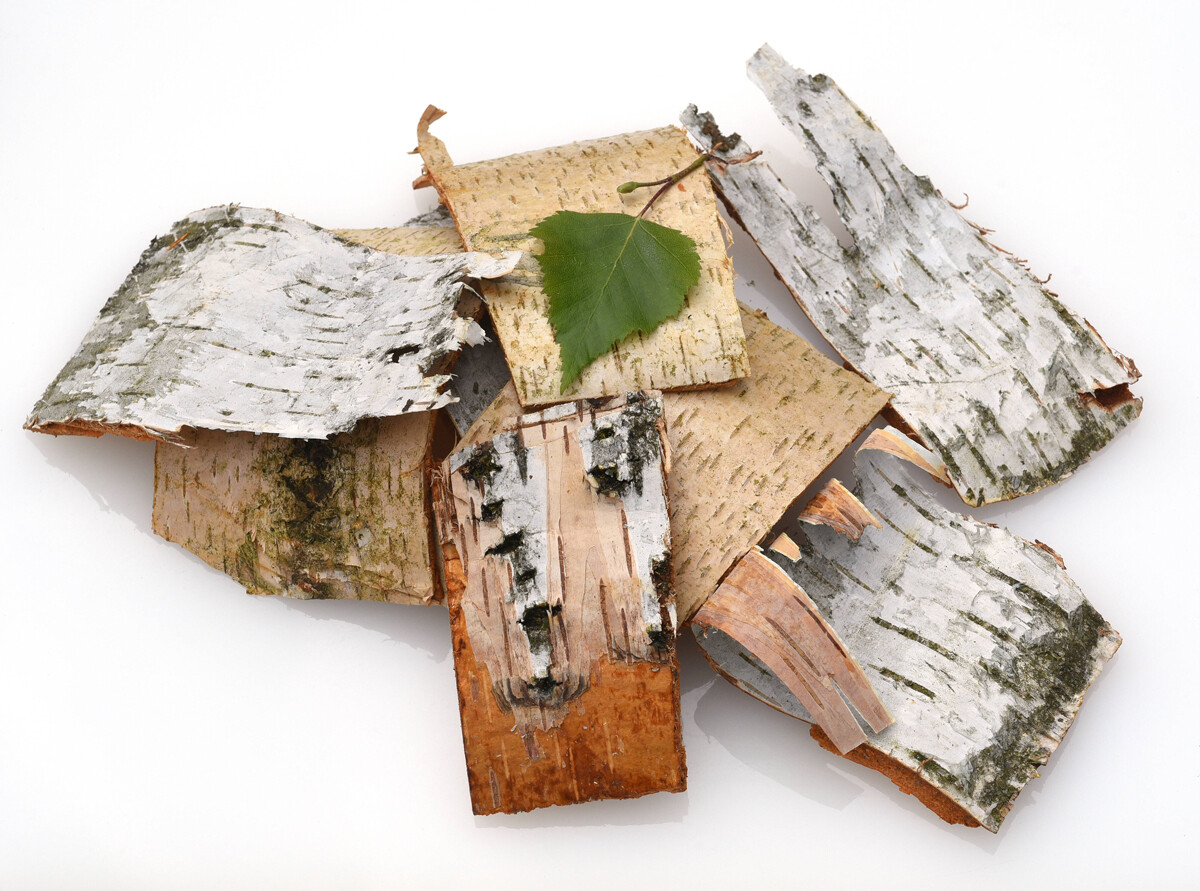
This is another dish that saved people living in the northern regions from starvation. First, the outer layer of bark – usually pine or birch – was stripped. Then the inner thin bark was stripped and consumed. Birch bark is harder, and so it has to be ground down more thoroughly and boiled longer. Tree bark porridge tastes similar to semolina porridge but with a noticeable bitterness.
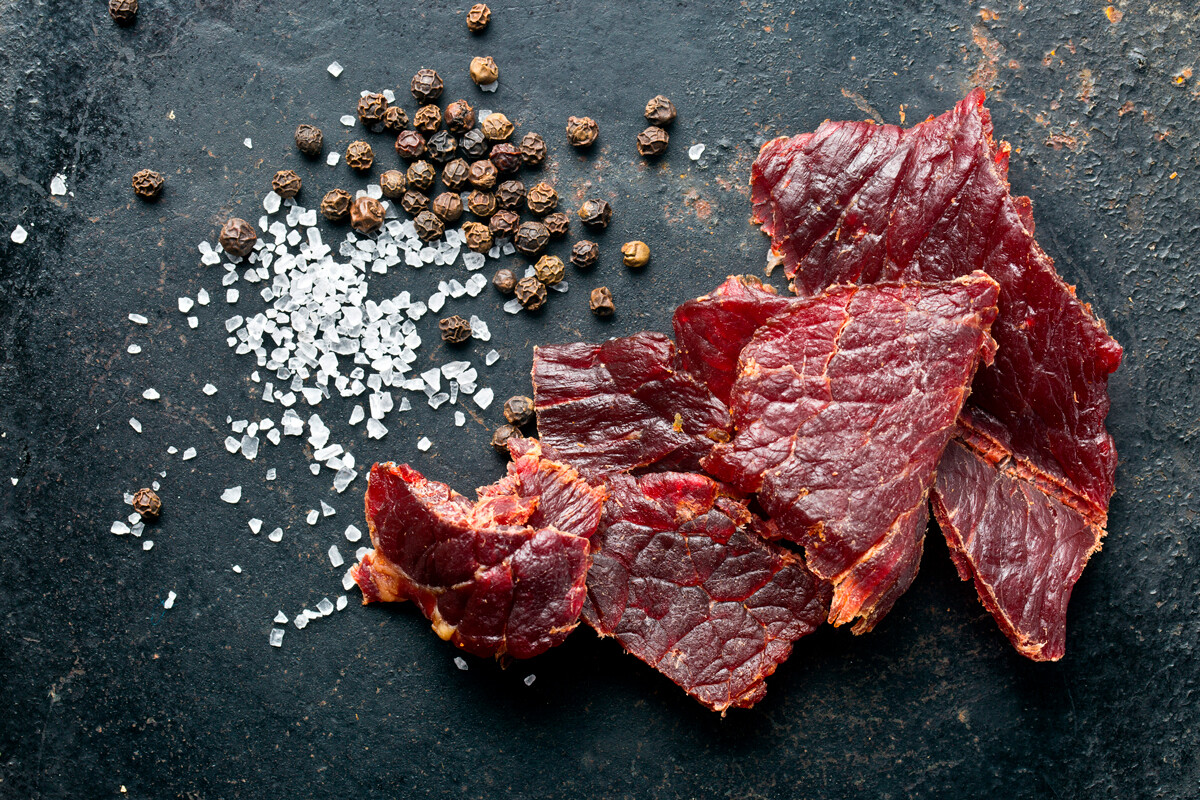
Peasants used all available methods of preserving food. One was called polotok. A goose carcass was cut open, its bones were taken out, and it was put in a barrel full of spices. It was then covered with saltpeter, hermetically sealed and left for the winter, from autumn until spring. Then in spring, the carcass was extracted from the barrel, smoked and served. The result was a dried and quite tough meat.
READ MORE: The WEIRDEST food Russian peasants ate
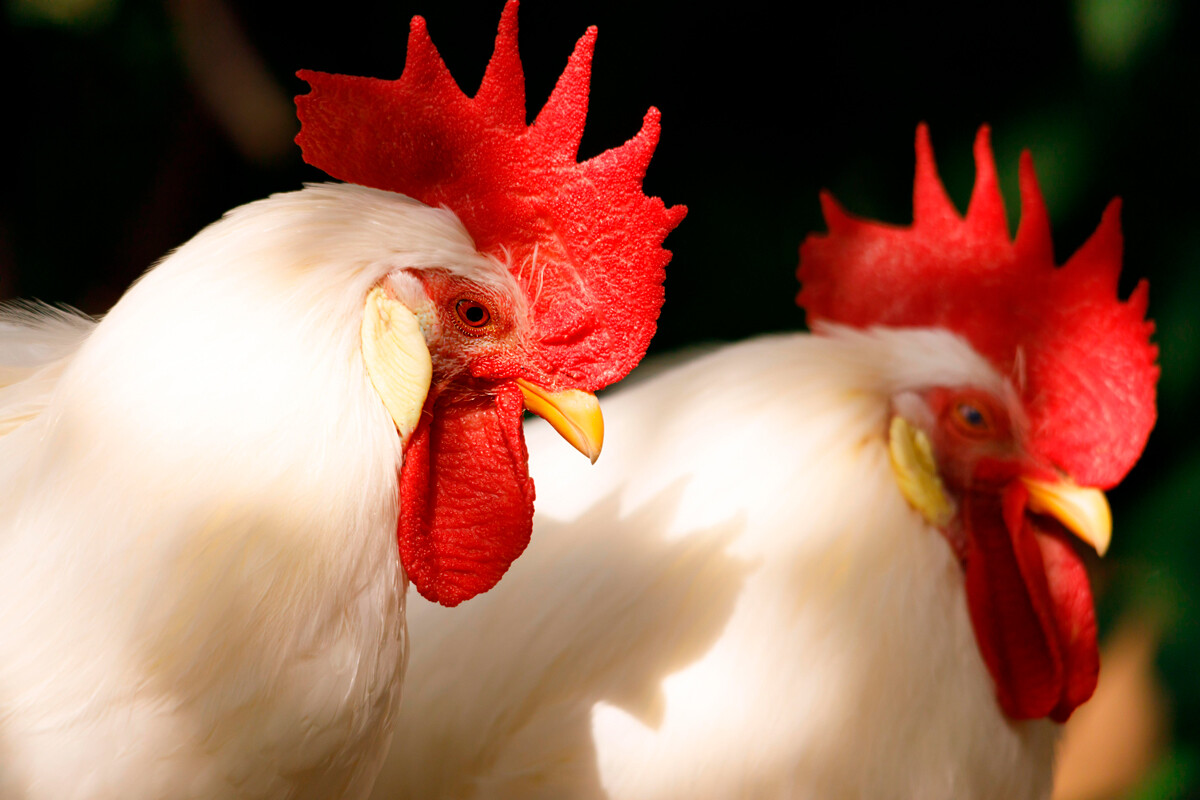
This dish was only available to wealthy townspeople and eventually fell out of favor in the early 19th century. Centuries ago, the cities of Rostov and Vologda specialized in supplying cockscombs, which are the bright red fleshy adornments found on roosters' heads. Those cities were centers of poultry production, and so, a large volume of cockscomb pieces could easily be delivered to major cities. Since that was done only in winter, the delicacy could easily be preserved during the journey and arrived more or less fresh.
In one serving, a diner could get up to 30 cockscombs on his plate. To tenderize them, they had to stew for several hours in a pot with herbs. Sometimes, cockscombs were stuffed with poultry or served with a berry sauce.
Dear readers,
Our website and social media accounts are under threat of being restricted or banned, due to the current circumstances. So, to keep up with our latest content, simply do the following:
Subscribe to our Telegram channels: Russia Beyond and The Russian Kitchen
Subscribe to our weekly email newsletter
Enable push notifications on our website
Install a VPN service on your computer and/or phone to have access to our website, even if it is blocked in your country
If using any of Russia Beyond's content, partly or in full, always provide an active hyperlink to the original material.
Subscribe
to our newsletter!
Get the week's best stories straight to your inbox